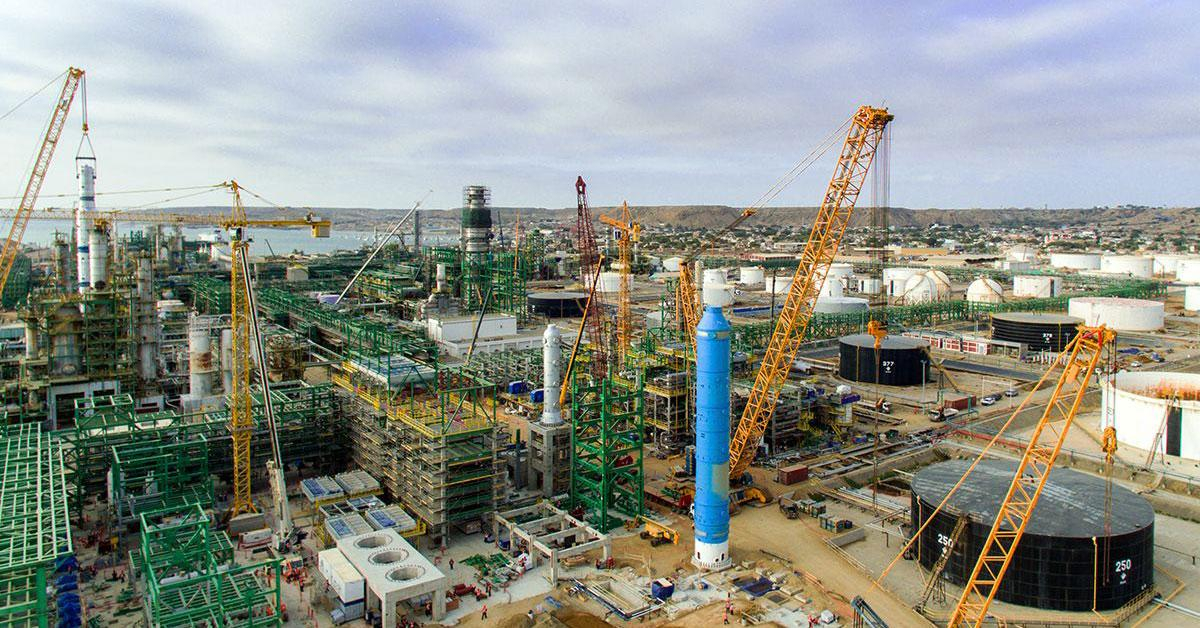
Fitch Ratingsa US credit rating agency, stated that Petroperú could circumvent the need for a second year of government support if the New Talara Refinery (NRT) significantly increases the company’s cash flows. According to the rating company, the new infrastructure was 98% complete as of early May and initial production of low-sulfur distillates is already underway.
Thus, in this positive scenario, free cash flow needs for Petroperú of -US$446 million are anticipated for this year. In addition, it would assume an EBITDA of US$300 million, a capital expense of US$506 million and interest of US$132 million. It is also projected that the organization will have the ability to refinance currently outstanding working capital bank lines.
Nevertheless, if the NFT delays its production, the negative cash flows will persist. Thus, if the delay exceeds the second quarter of the year, the needs would increase by at least US$100 million, and if the third quarter is exceeded, more than US$300 million would be required. For the latter situation, access to capital could be much more limited and government support will be required.
In this sense, Fitch highlights that Petroperú’s plan, which includes the renewal of its commercial paper program for US$400 million and approximately US$1.5 billion for working capital alternatives (including the securitization of its accounts receivable, capacity for letters of credit and lines of credit), would help the oil company to be viable.
“If this plan comes to fruition, the company will have a breather to continue operating at a sub-optimal level until the New Talara Refinery reaches commercially viable quality and production volume,” Fitch’s statement read.
The agency recalls that the last two years have been fiscally challenging for Petroperú, since the construction of the refinery required considerable resources for capital expenditures and because the transition towards increased production continues to require cash, which negatively impacts the capital of job.
“Originally, the project was intended to be a desulfurization unit and had a budget of US$1.8 billion, but the redefinition of the scope of the project into a complete refinery, in addition to the delays, increased the total cost to US$5.5 billion,” he says. .
In addition, Petroperú’s cash flows were further stressed after the 2022 downgrade, which reflected concerns about high leverage, liquidity pressures and governance issues, which increased the cost of capital. Even the elevated leverage metrics persist through 2023, as debt to EBITDA is estimated to exceed 10x, placing the company’s standalone credit profile in the “CCC” rating category.
Source: Larepublica
Alia is a professional author and journalist, working at 247 news agency. She writes on various topics from economy news to general interest pieces, providing readers with relevant and informative content. With years of experience, she brings a unique perspective and in-depth analysis to her work.












